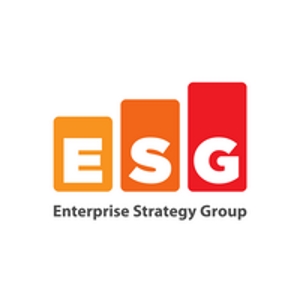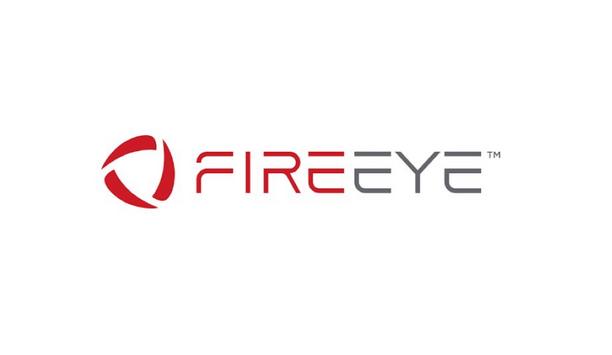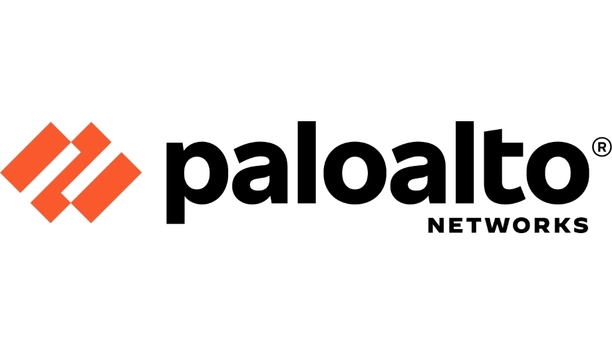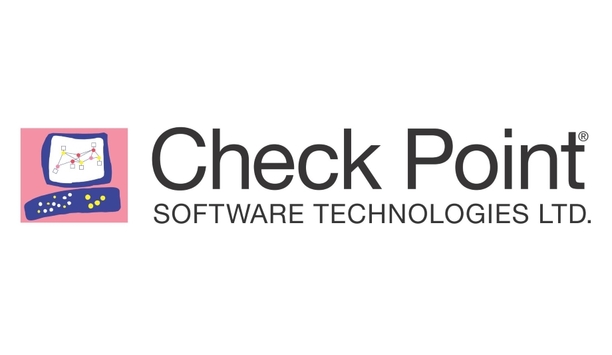Jon Oltsik

Jon Oltsik
Senior Principal Analyst, Enterprise Strategy GroupJon Oltsik is a Senior Principal Analyst at Enterprise Strategy Group. Previously Jon Oltsik was a Vice President of Marketing and Strategy.
News mentions
FireEye, Inc., the intelligence-led security company, has announced the expansion of its Mandiant Advantage SaaS platform, now equipped with a powerful, multi-vendor XDR capability and also introduced...
ReliaQuest, a pioneer in cybersecurity, announces its unique ‘Open XDR’ approach that solves modern enterprise cybersecurity challenges through its GreyMatter platform. Unlike other XDR t...
Palo Alto Networks, the global cybersecurity company, introduced Cortex™ XSOAR, an extended security orchestration, automation and response platform that empowers security leaders with instant c...
Keysight, the test and measurement vendor, has announced that Ixia, its cybersecurity and visibility business, has announced BreakingPoint QuickTest, which enables organizations to quickly evaluate th...
Pulse Secure, global provider of software-defined Secure Access solutions has announced the integration of SDP (Software Defined Perimeter) architecture within its Secure Access platform and the inclu...
Check Point announces the general availability of CloudGuard SaaS, an industry-first cloud suite designed to prevent sophisticated security threats that target SaaS applications. One of the latest add...









































